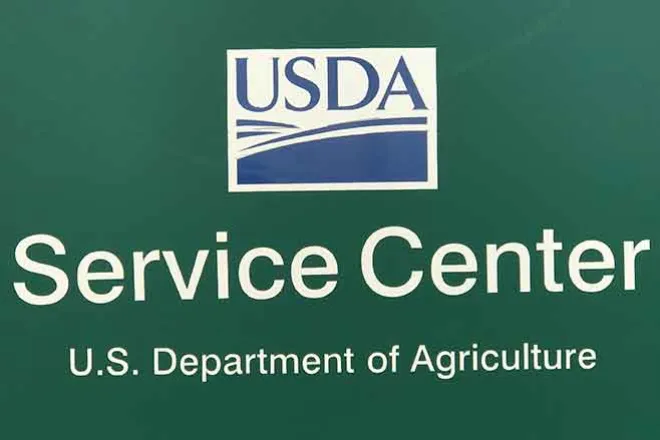
Support helps Nebraska Area Agencies on Aging help others
Finding ways to support older adults during trying times is not new. In 1965, Congress passed the Older Americans Act to complement the medical role of Medicare and Medicaid.
The challenges faced by older adults were increasingly clear, especially those with limited means. However, even those with means required support.
Recognizing the need to contract for services and oversee the delivery of programming led to the creation of 614 Area Agencies on Aging (AAAs) across the United States. The current system in Nebraska consists of eight AAAs serving urban and rural aging adults.
Stepping in
At the time AAAs came about in 1973, the 65-and-older population in the United States consisted of a little more than 20 million people. Today there are currently 58 million people who are 65 and older. By 2060, the projected number of older adults will reach 88 million.
The intent for AAAs is still focused on ensuring older adults with the greatest social and economic need can access services while living in the community. This is in addition to people seeking a sense of meaning and purpose. What we are discovering is older adults with and without means present with more unique and complicated needs.
What is the difference between aging adults then compared to today? More are living to 85 and beyond and doing so alone. While most older adults rate their health as good, there are others who face functional limitations and require extra help.
For those with family, caregivers are supported by AAAs through case management and related services. Yet not everyone has the family support they need to maintain their independence.
Filling the gap
The ability of Nebraska’s AAAs to fill in the gap for people without family or other sources of support is due to funding for such programs as the Older Americans Act, along with state and local sources.
To taxpayers, the question of whether these services matter is important to consider.
During 2024, Nebraska’s AAAs provided 1.4 million congregate (senior center) and home delivered meals to those ages 60 and older. They also provided $2.3 million worth of direct help including housekeeping, chore services and Lifeline support. For those needing coordination of services, 7,900 clients trying to stay in their home received case management services.
For older adults living in rural areas, AAAs can be lifesavers. Retirement communities, assisted living, and even nursing home care found in more urban areas are often a vanishing or non-existent commodity. Staying in the home is often their best and only bet when other options no longer exist.
Saving tax dollars
In addition to providing services, AAAs offer people seeking ways to give back an opportunity to find meaning and purpose while at the same time saving taxpayer dollars. In 2024, volunteers from ENOA delivered an impressive $2.6 million worth of support to the community.
Aging includes giving along with receiving care. And what may not be known is the role AAAs play during emergencies like global pandemics, power outages, and other life-changing events. They are the first to lend a hand and a meal to our aging neighbors to give them the support when needed most.
As the number of older adults increases, who will be there to provide support? A sluggish fertility rate has left fewer adult children to provide care to people as they age along with the closures of traditional sources of support in more rural areas.
In thinking about the future, if AAAs did not exist, there would be an ever greater need to create them to assist aging Nebraskans and their family caregivers. Support for these organizations and the people they serve is critical in 2025 and beyond.
Masters is a professor and distinguished Terry Haney Chair of Gerontology at the University of Nebraska at Omaha (UNO). This article reflects the views of the author, not UNO.
















